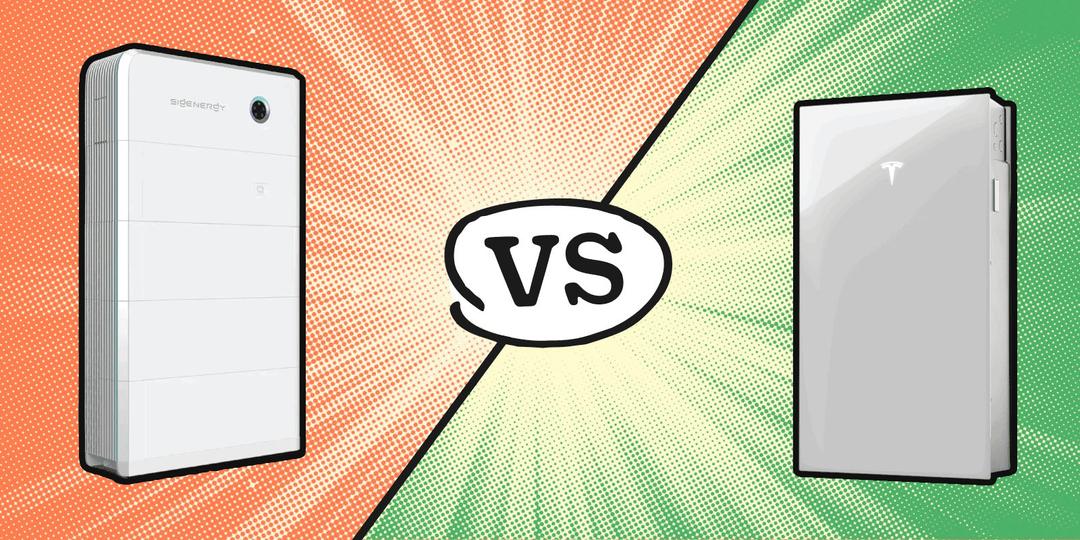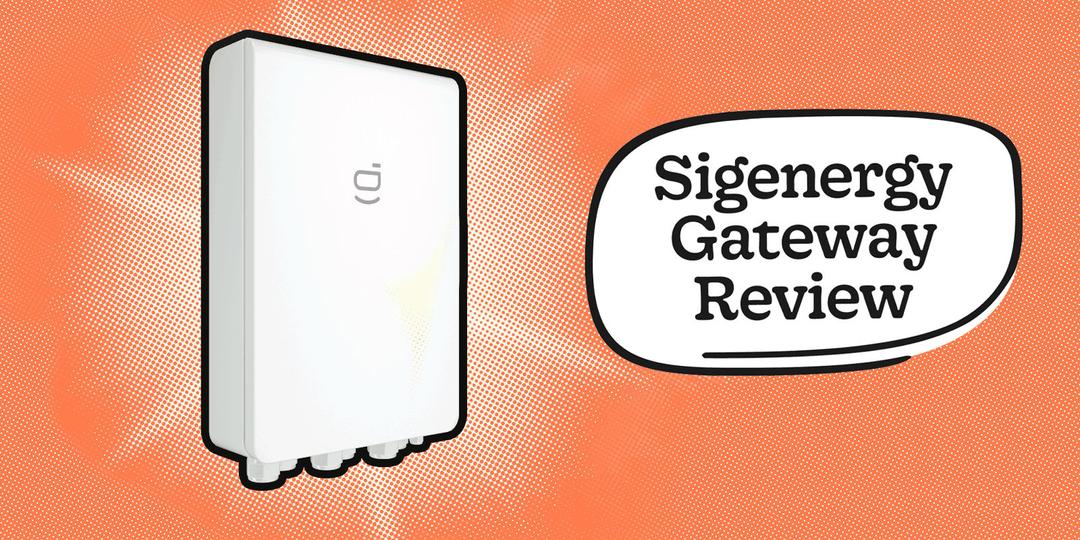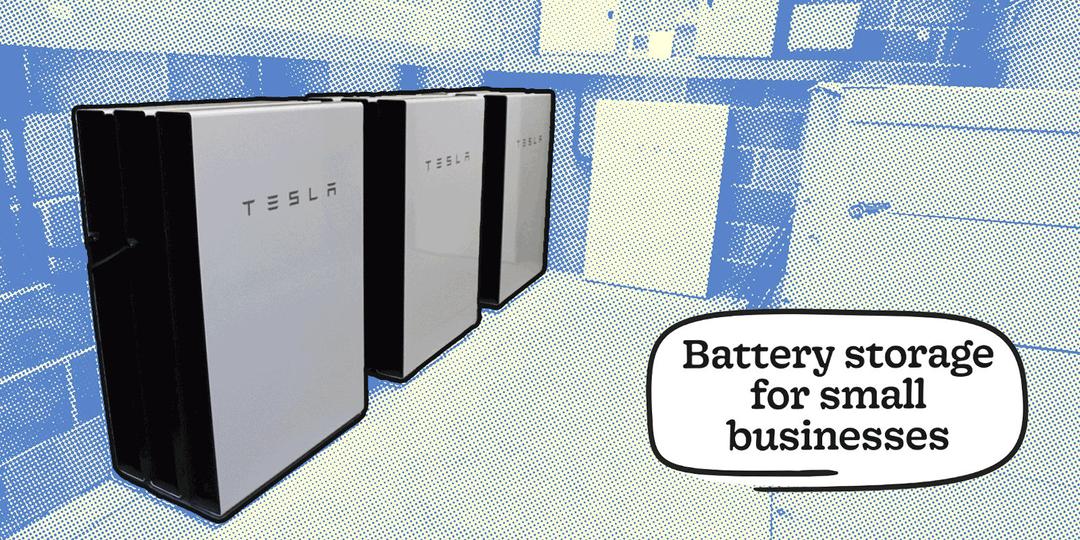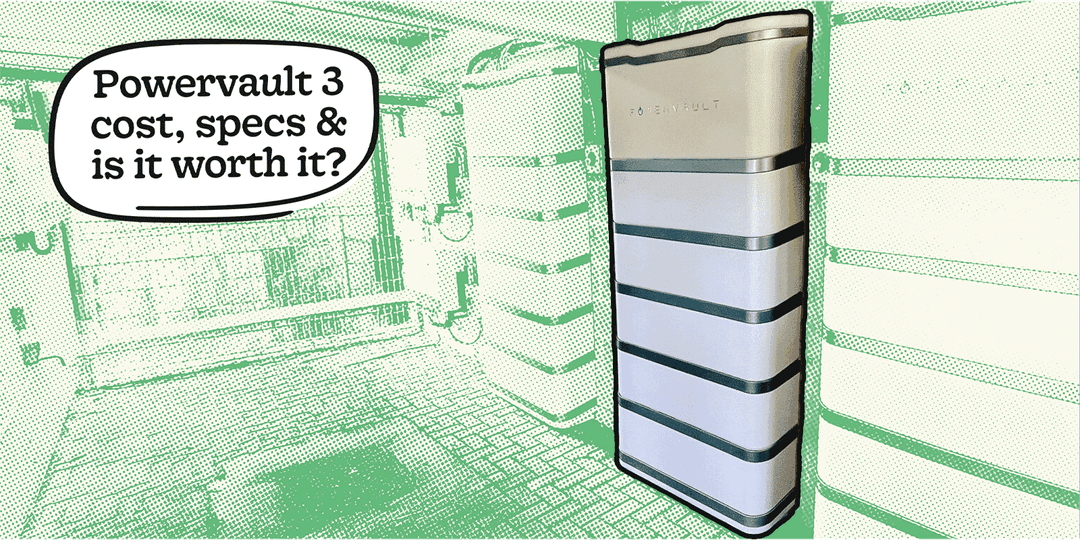Energy costs are all over the shop, but instead of just coughing up for bills, UK businesses can actually earn cash by giving the grid a helping hand.
It’s called Demand Side Response (DSR) - and it basically pays you to either dial down your usage or send spare energy back when the grid’s under pressure.
Here we’ll explain how it works and how your business can start reaping the rewards…
🔑 Key Takeaways:
Get paid for using less or exporting extra energy when demand peaks.
Works brilliantly with batteries, solar panels, EV fleets, and flexible kit - from HVAC to chillers, pumps, or other power-hungry processes you can dial up or down.
National Grid ESO foots the bill through schemes like Dynamic Containment and Capacity Market.
Not just for the big boys - SMEs with a bit of flexibility can cash in too.
Heatable designs DSR-ready setups (think solar + battery) to make it simple.
What is Demand Side Response (DSR)?
In plain English: DSR is your business getting paid to be flexible with energy.
When the grid’s under pressure - like a frosty evening when everyone’s blasting the heating, or a gusty day when renewables are pumping out power but not always in sync - you step in.
That might mean:
Dial it down - ease off on power-hungry kit for a bit.
Shift it around - run processes at quieter times when energy’s cheaper.
Sell it back - fire up your batteries, solar panels, or even EV fleet to push power into the grid.
The beauty?
National Grid ESO pays you for the privilege. It’s like turning your energy bills into a side hustle while keeping the UK’s lights on.
Benefits of DSR
So why bother with Demand Side Response?
Here’s what’s in it for your business:
Get paid, not played - instead of just swallowing high bills, you’re earning cash for the flexibility you already have.
Cut peak costs - dodging demand spikes means lower transmission and capacity charges.
Boost ROI on kit - batteries, solar, and EV fleets suddenly pull double duty, making payback times shorter.
Strengthen resilience - smart controls and storage give you backup options during outages.
Green brownie points - by reducing reliance on fossil peaker plants, you’re lowering carbon and polishing your net zero credentials.
Future-proof your business - the grid’s only getting greener and twitchier. Companies that flex with it are better placed for tomorrow’s energy market.
In short, DSR turns energy from a cost into a profit centre, while helping keep the UK’s lights on. Not bad for a few smart tweaks.
Why does the National Grid ESO need this?
The UK’s grid is getting cleaner by the day, with more wind farms and solar parks plugging in.
Great news for carbon targets - but it makes the system a bit twitchy. Wind and sunshine don’t exactly run to a schedule, so supply doesn’t always match demand.
Without Demand Side Response, the fallback is expensive gas peakers or even coal plants firing up to keep the lights on. That’s bad for bills and worse for the planet.
This is where businesses like yours step in. By flexing your energy use - whether that’s cutting, shifting, or exporting - you help balance the grid in real time. In return, you get paid. No capes required, just smart tech and a bit of flexibility.
How Does DSR Work for UK Businesses?
It’s a lot less hassle than it sounds - you don’t have to grind operations to a halt.
Here’s how it usually plays out: for short windows (think 30 minutes to a couple of hours), you trim back on non-essentials like HVAC, lighting, or shift energy-hungry processes to quieter times.
If you’ve got solar panels or batteries, you can even sell that stored juice back when the grid’s desperate.
Most businesses don’t deal with the National Grid directly - they plug in through aggregators.
These are the middlemen who bundle up lots of sites, send the right signals at the right time, and make sure you get paid. Bigger outfits can skip the middleman and contract straight with the grid.
The best bit? Smart meters and automated controls mean you don’t have to babysit the process.
Once it’s set up, it’s basically hands-off. And if you’re already rocking solar PV or batteries, DSR turns them into a revenue machine - earning from energy you generated yourself.
Revenue Streams: How Much Can You Earn?
Here’s the juicy bit: cash.
With DSR you get paid two ways - just for being available (on standby, ready to respond) and for actual delivery (when you dial down or export power).
According to National Grid ESO’s Capacity Market auction results, businesses can typically earn around £60,000–65,000 per MW per year for providing flexibility, depending on the scheme and setup (Reuters, 2024).
Smaller businesses aren’t left out either. Typical payments land around £10–£20 per kWh reduced or exported, and it stacks up quickly if you’ve got battery storage, solar PV, or even EV fleets in the mix.
Bottom line? The more flexible your setup, the bigger the payday.
Real-World Examples
This isn’t just theory - here’s what it looks like in practice:
Manufacturing plant - with around 1 MW of flexibility, simply shifting heavy kit out of peak hours could earn roughly £50,000 a year.
Office with an EV fleet - charge the cars overnight when power’s cheap, then export during peak demand. That alone could bring in £10,000–£20,000 annually.
Ofgem data shows revenues vary by scheme, but when you pair DSR with battery storage, many businesses see payback in as little as 2–5 years. Not bad for tweaking the way you already use energy.
Which Businesses Benefit Most?
The big hitters are obvious: manufacturing plants, cold storage facilities, and data centres.
They burn through loads of power but can often dial down pumps, chillers, or servers for short bursts without breaking a sweat.
But it’s not just energy guzzlers cashing in. Offices with HVAC flexibility, EV charging hubs, and even SMEs with smart meters and a bit of battery storage can play too. The trick is having processes you can tweak without hurting operations.
Got solar panels or on-site storage? Even better. DSR supercharges the return on those assets, turning self-generation into a revenue stream.
At Heatable, we’ve seen everything from retail sites to warehouses cut bills and earn extra by flexing their energy use.
Bottom line: if your site has a bit of wiggle room in when or how it uses power, you’re in. No mega-factory required.
DSM vs DSR: What’s the Difference?
They sound similar, but Demand Side Management (DSM) and Demand Side Response (DSR) aren’t quite the same thing.
DSM is the big picture. It’s your long-term game plan for using energy smarter - efficiency upgrades, smart tech, shifting loads, and designing processes to be less power-hungry overall. Think of it as your training programme.
DSR is the quick-fire move. It’s your real-time reaction to grid signals - dialling down, shifting, or exporting when the National Grid shouts “help!”. That’s the sprint when the whistle blows.
Put simply: DSM keeps your energy lean, DSR makes it pay.
Nail both, and you’re not just saving money - you’re turning your site into an energy athlete that earns while it runs.
Challenges to Consider
Let’s be straight: DSR isn’t a magic money tree. To take part, your site needs real flexibility and the ability to react fast - sometimes in seconds, not minutes.
That’s why automation (smart meters, controls, batteries) is pretty much essential.
The setup can be fiddly too. You’ll need the right metering and system integration, and without on-site storage or solar, the returns are slimmer. And if you miss a call to respond, penalties can bite, so reliability isn’t optional.
The good news? You don’t have to dive in headfirst. Most businesses start with an aggregator to test the waters, then scale up once they see the rewards.
Yes, there are some upfront costs for the kit and upgrades - but compared to paying peak tariffs or running backup generators, DSR is a far cheaper way to play the game.
And that’s where Heatable comes in. We design systems that make DSR simple, seamless, and genuinely profitable.
How to Get Started
Keen to turn energy flexibility into extra income?
Here’s the no-nonsense playbook:
Know your load – use smart meters (or let us audit) to spot where your energy use can flex without hurting operations.
Boost your firepower – add or optimise battery storage and solar PV. This massively ups your DSR potential (check our solar panels for business guide).
Pick your partner - most firms join through an aggregator that handles bidding and signals from the grid. Bigger players can go direct.
Get scheme-ready - register for NG ESO programmes like Demand Flexibility Service (DFS) or the Capacity Market.
The easiest route? Partner with an MCS-certified installer like Heatable.
We’ll design a future-proof setup that ties in commercial battery storage, solar, and automation - so you’re not just ticking boxes, you’re maximising earnings.
Next Steps For Your Battery Journey:
When planning to install battery storage for your home, there are several important factors to consider. Make sure to refer to the following guides to help you make informed decisions:
To dive deeper into these topics, head over to our advice section, check out our YouTube channel for informative videos, or read a customer case study to see how others have benefited from their battery installation.
Get a Quote for a Battery Today
Without boasting, you should get your battery storage installed with us, here's why:
Thousands of Happy Customers: We boast an average score of 4.9 on Trustpilot, outperforming the market leader.
Which? Trusted Trader: Heatable is proudly recognised as a Which? Trusted Trader.
Tesla Certified Installer: Heatable is proudly certified and approved by Tesla to install the Powerwall.
MCS Accredited: Our accreditation by the Microgeneration Certification Scheme (MCS) ensures high-quality standards.
Consumer Protection: As members of the HIES consumer code, we provide 2-year deposit protection.
Flexible Payment Options: Choose from multiple payment methods, including finance options.
Fixed Price Guarantee: Enjoy transparency with no hidden costs.
Save Your Quote: You can save your quote and decide later.
Bespoke Battery Quote Tool: Find out which battery is ideal for your home, here.





